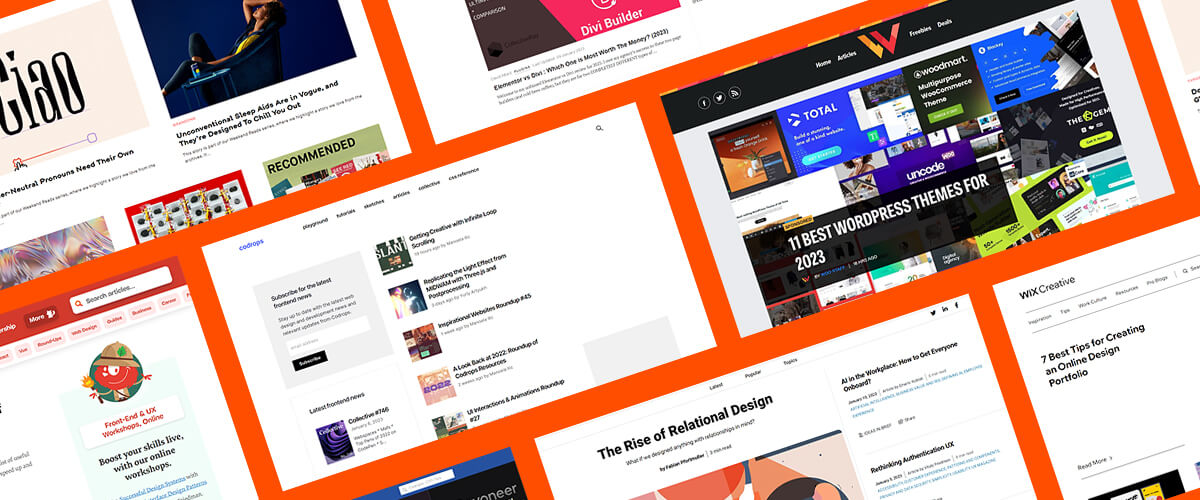You don’t need better ads. You need better alignment.
If your Google Ads are suffering, really zero in on alignment. Metrics like CTR or CPC often mask a deeper misalignment. If your keywords, ad copy, and landing page aren’t speaking the same language, no amount of bid tweaking will fix it.
You need to tell a tight, focused story that perfectly matches what your ideal customer is searching for.
It sounds obvious. But most campaigns I audit? They’re a mess in this way. The ad promises one thing. The landing page doesn’t deliver. The keywords are broad, but the copy is too niche; or vice versa.
Here’s the real lever: It’s not about trying different creative. It’s better alignment; between what people search, what you promise, and what you actually deliver.
When that lines up? Quality Scores go up, costs go down, conversions happen.
Why everyone obsesses over the wrong metrics
Every day, advertisers obsess over metrics that don’t actually drive results. They tweak headlines, adjust bids, test new audiences, and wonder why their campaigns still underperform.
Here’s what most Google Ads managers focus on:
“Our CTR is low.” “CPC is too high.” “We need more impressions.” “Let’s try different ad copy.”
These are all symptoms, not causes. You’re treating the fever instead of the infection.
Low CTR usually means your ad doesn’t match what people are actually searching for. High CPC often means Google doesn’t trust that your ad will give searchers what they want. Poor conversion rates typically indicate a disconnect between your ad promise and your landing page delivery.
The real problem isn’t your tactics. It’s that your campaign elements aren’t telling the same story.
What Google Ads alignment actually means
Google Ads alignment means every element of your campaign speaks the same language and serves the same intent.
Think of your Google Ads campaign like a conversation between you and your ideal customer:
- Keywords: What they’re actually typing into Google
- Search intent: What they’re really looking for
- Ad copy: What you promise to deliver
- Landing page: What you actually deliver
When these four elements are perfectly aligned, the user experience flows seamlessly from search to conversion. When they’re misaligned, friction kills your results.
Most campaigns fail because there’s a disconnect somewhere in this chain.
Your keywords might be targeting “marketing consultant,” but your ad talks about “growth strategy,” and your landing page focuses on “digital transformation.” These aren’t necessarily wrong terms, but they create cognitive friction.
The searcher has to translate and connect the dots. And confused prospects don’t convert; they click back and try the next result.
Perfect alignment eliminates this translation work. Every step reinforces the same message and moves the prospect smoothly toward conversion.
The “marketing consultant for attorneys” example
Let’s walk through what perfect Google Ads alignment looks like with a specific example.
The search: Someone types “marketing consultant for attorneys” into Google.
Perfect alignment looks like this:
- Keyword: marketing consultant for attorneys (exact match)
- Ad copy: “Marketing Consultant for Law Firms | Proven strategies to attract more qualified clients for attorneys. Free consultation available.”
- Landing page headline: “Marketing Consultant for Attorneys” with subheading “Proven strategies to help law firms attract more qualified clients
- Landing page content: Testimonials from other attorneys, case studies from law firms, services specifically designed for legal practices
- Call-to-action: “Schedule your free legal marketing consultation”
Notice how every element reinforces the same specific promise. There’s no mental translation required. The searcher immediately knows they’re in the right place.
What broken alignment looks like:
- Keyword: marketing consultant for attorneys
- Ad copy: “Digital Marketing Expert | Transform your business with cutting-edge strategies. Get more leads today.”
- Landing page headline: “We Help Businesses Grow”
- Landing page content: Generic marketing services, testimonials from random industries, vague promises about “growth”
See the disconnect? The searcher wanted attorney-specific help but landed on a generic business page. They’ll bounce immediately.
Is your landing page betraying your ad promise?
After auditing hundreds of Google Ads campaigns, I see the same alignment mistakes over and over:
- Keyword-to-ad mismatch: Keywords target “affordable web design” but ad copy focuses on “premium custom websites”
- Ad-to-landing page disconnect: Ad promises “free SEO audit” but landing page leads with “book a paid consultation
- Intent misalignment: Keywords target informational searches like “how to improve SEO” but landing page tries to sell SEO services immediately
- Audience confusion: Broad keywords attract everyone, but ad copy and landing page speak only to enterprise clients
- Offer inconsistency: Ad mentions “free trial” but landing page only shows “schedule a demo”
- Message dilution: Ad copy tries to appeal to multiple audiences instead of speaking directly to one
- Generic positioning: Using the same landing page for multiple keyword groups with different intents
These misalignments create friction at every step. Google notices this friction through user behavior signals and responds by showing your ads less often and charging you more when they do show.
How to audit your campaign alignment
Most alignment problems are invisible until you look for them systematically. Here’s how to identify and fix disconnects in your campaigns.
The 5-point alignment audit
For every ad group in your account, rate each element from 1-5:
- Keyword relevance: How closely do keywords match actual search terms?
- Ad copy accuracy: Does the headline include target keyword language?
- Promise consistency: Does landing page deliver what ad promised?
- Intent matching: Does the offer align with searcher intent?
- Message flow: Is the journey from search to conversion seamless?
Any ad group scoring under 20 total points needs immediate attention.
Creating message hierarchy that works
Your messaging should cascade consistently from headline through conversion:
- Ad headline: “Marketing Consultant for Attorneys”
- Ad description: “Proven strategies to attract qualified clients for law firms”
- Landing page headline: “Marketing Consultant for Attorneys”
- Landing page subhead: “Proven strategies to help law firms attract qualified clients”
- Body copy: Specific examples of how you help attorneys with marketing
- CTA: “Schedule your free legal marketing consultation”
Each level reinforces the same core promise while adding specificity. No mixed messages, no confusing pivots.
Red flag indicators
Watch for these alignment warning signs:
- High bounce rates on your landing pages
- Good CTR but poor conversion rates
- Keywords with high impressions but low clicks
- Rising CPCs without improving Quality Scores
The 5-second dare: I dare you: show your ad + landing page to a colleague for five seconds. If they can’t articulate your offer in under ten words, it’s back to the audit.
Why your headlines aren’t turning clicks into conversions
When you get Google Ads alignment right, everything improves dramatically. It’s not a small optimization; it’s a fundamental shift in campaign performance.
Quality Scores improve: Google’s algorithm rewards campaigns that give searchers exactly what they’re looking for. When your keywords, ads, and landing pages are perfectly aligned, user behavior signals improve across the board.
Costs decrease: Higher Quality Scores mean lower cost-per-click. But the cost savings go beyond just CPC improvements. Aligned campaigns convert better, so your cost-per-acquisition drops.
Conversions increase: When prospects follow a coherent journey from search to landing page, conversion rates can double or triple. Aligned campaigns feel less like advertising and more like helpful answers.
The sales process becomes easier because leads are better qualified and better educated about your offering. Less explanation needed, fewer objections to overcome, shorter sales cycles.
Ditch the metrics treadmill. Double down on message harmony.
Because the best Google Ads campaigns don’t just capture attention; they create seamless experiences that turn searchers into customers.




